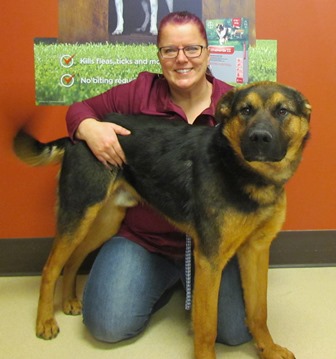
Questions and Answers on 2019 Novel Coronavirus (2019 n-CoV) – News Update from World Organisation for Animal Health
- What is 2019 novel coronavirus?
Coronaviruses (CoV) are a family of RNA (ribonucleic acid) viruses. They are called coronaviruses because the virus particle exhibits a characteristic ‘corona’ (crown) of spike proteins around its lipid envelope. CoV infections are common in animals and humans. Some strains of CoV are zoonotic, meaning they can be transmitted between animals and humans, but many strains are not zoonotic.
In humans, CoV can cause illness ranging from the common cold to more severe diseases such as Middle East Respiratory Syndrome (caused by MERS-CoV), and Severe Acute Respiratory Syndrome (caused by SARS-CoV). Detailed investigations demonstrate that SARS-CoV was transmitted from civets to humans, and MERS-CoV from dromedary camels to humans.
On 31 December 2019, human cases of pneumonia of unknown etiology were reported in Wuhan City, Hubei Province of China. A CoV, named 2019 novel coronavirus (2019-nCoV), was identified as the causative virus by Chinese authorities on 7 January 2020. Since then, human cases with travel history to Wuhan have been reported by several provinces in China and by a number of countries outside China. For up to date information please consult WHO website https://www.who.int/emergencies/diseases/novel-coronavirus-2019.
Are animals responsible for 2019 novel coronavirus infections in people?
Genetic sequence data reveals that 2019-nCoV is a close relative of other CoV found circulating in Rhinolophus bat (Horseshoe Bat) populations. There is suspicion that the 2019-novelCoV may have had an animal source, but further investigations are required to confirm this.
Although there is suspicion that the initial introduction of 2019-nCoV to humans may have come from an animal source, the predominant route of subsequent transmission appears to be from human to human.
Ongoing investigations are important for identifying the animal source (including species) and establishing the potential role of an animal reservoir in this disease.
- Are there any precautions to take with live animals or animal products?
In accordance with advice offered by the WHO, as a general precaution, when visiting live animal markets, wet markets or animal product markets, general hygiene measures should be applied, including regular hand washing with soap and potable water after touching animals and animal products, avoiding touching eyes, nose or mouth with hands, and avoiding contact with sick animals or spoiled animal products. Any contact with other animals possibly living in the market (e.g., stray cats and dogs, rodents, birds, bats) should be strictly avoided. Attention should also be taken to avoid contact with potentially contaminated animal waste or fluids on the soil or structures of shops and market facilities.
Standard recommendations issued by WHO to prevent infection spread include regular hand washing, covering mouth and nose when coughing and sneezing, and thoroughly cooking meat and eggs. Avoid close contact with anyone showing symptoms of respiratory illness such as coughing and sneezing. Raw meat, milk or animal organs should be handled with care, to avoid cross-contamination with uncooked foods, as per good food safety practices. Further recommendations from WHO can be consulted here: https://www.who.int/health-topics/coronavirus#
